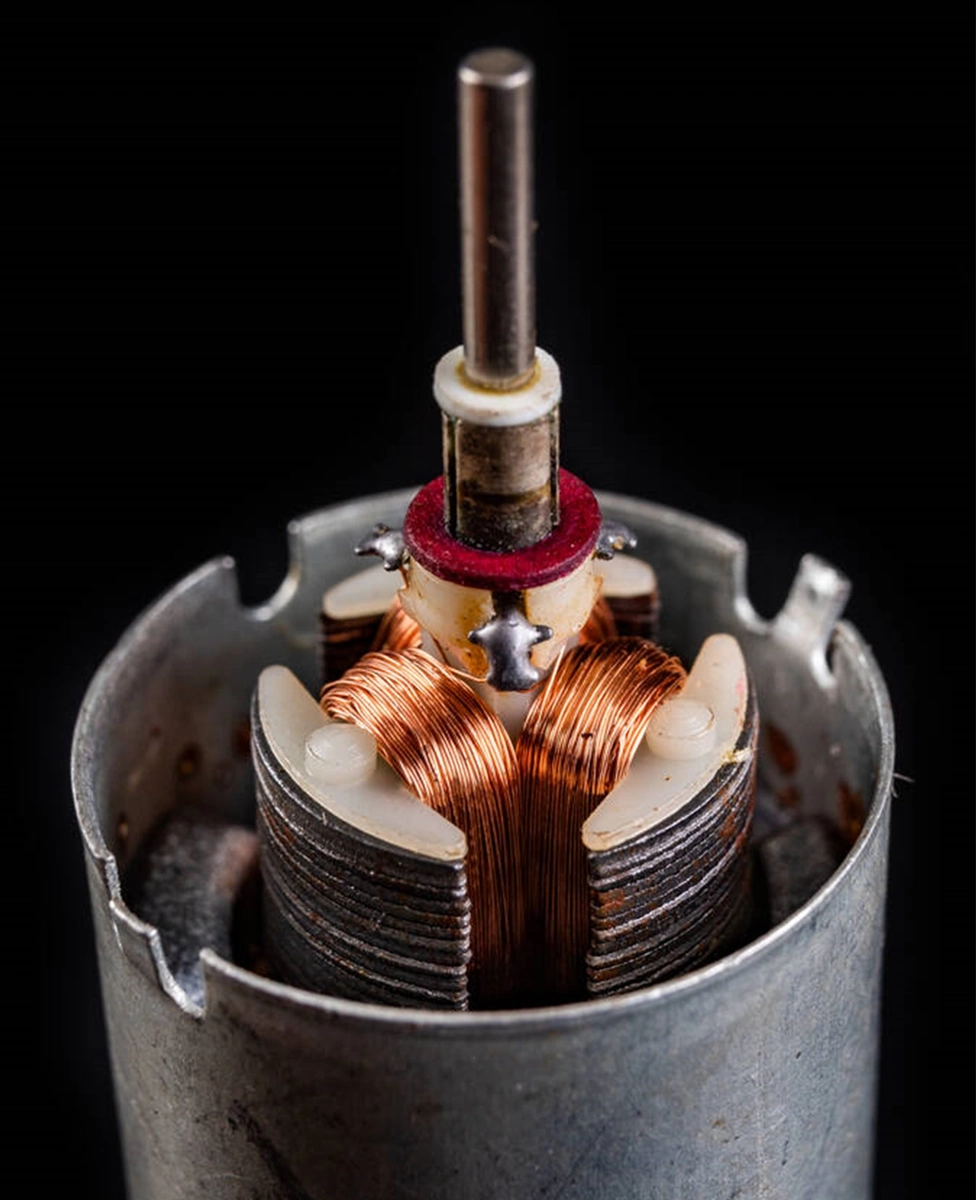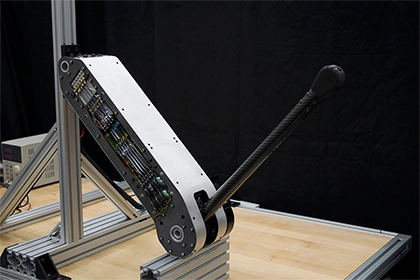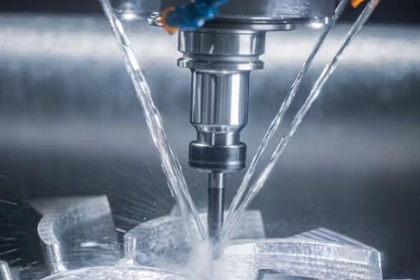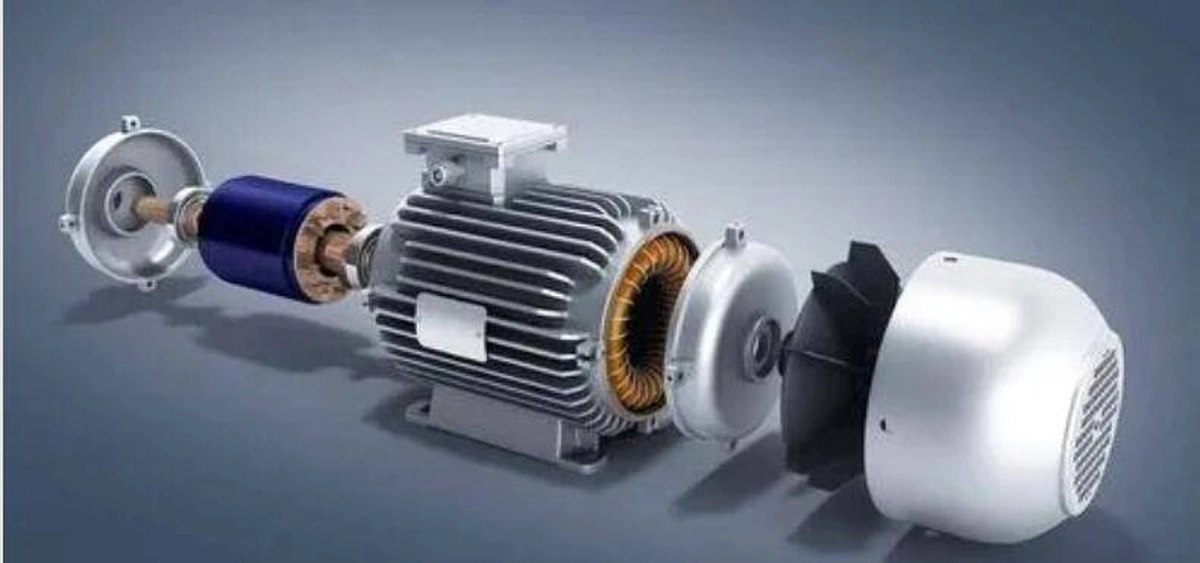- +86 19149417743
- Zhengzhou, Henan Province, China
- Mon-fri: 8am - 7pm
Get a quote

DC (Direct Current) and AC (Alternating Current) motors are two fundamental types of electric motors that are widely used in various applications. Understanding the principles of their operation is crucial for comprehending their functionalities and applications. In this article, we will explore the principles behind the operation of both DC and AC motors, highlighting their key differences and practical implications.
A DC motor consists of two essential components: the stator and the rotor. The stator contains the stationary part, which consists of field windings that produce a magnetic field. The rotor, on the other hand, is the rotating part that carries the armature windings.
The operation of a DC motor is based on the interaction between the magnetic field produced by the stator and the magnetic field generated by the current flowing through the armature windings. When an electric current is passed through the armature windings, it creates a magnetic field. This magnetic field interacts with the stator's magnetic field, resulting in a torque that causes the rotor to rotate.
DC motors incorporate a commutator and brushes to facilitate the flow of current in the armature windings. The commutator consists of a series of copper segments attached to the rotor, while the brushes are conductive contacts that press against the commutator. As the rotor turns, the commutator and brushes ensure that the current direction in the armature windings is constantly reversed, maintaining the motor's rotation.
DC motors offer speed control by adjusting the voltage applied to the armature windings. By increasing or decreasing the voltage, the speed of the motor can be regulated. Additionally, varying the strength of the magnetic field in the stator or adjusting the armature windings' resistance can further influence the motor's speed.
Unlike DC motors, AC motors have a more complex structure. The stator consists of field windings that are supplied with alternating current, producing a rotating magnetic field. The rotor can be either a squirrel cage rotor or a wound rotor.
The operation of an AC motor is based on the interaction between the rotating magnetic field produced by the stator and the induced current in the rotor. When an alternating current is supplied to the stator windings, it generates a rotating magnetic field. In turn, this rotating magnetic field induces an electric current in the rotor windings or bars, creating a magnetic field in the rotor. The interaction between the stator and rotor magnetic fields generates a torque that causes the rotor to rotate.
AC motors can be further classified into synchronous motors and induction motors. Synchronous motors have a separate DC power source or excitation system to create a constant magnetic field in the rotor. Induction motors, on the other hand, rely solely on the induced current in the rotor for operation.
AC induction motors typically operate at a fixed speed determined by the frequency of the supplied alternating current. However, speed control can be achieved through methods such as variable frequency drives (VFDs) or changing the number of poles in the stator windings.
DC motors require a direct current power source, whereas AC motors operate with an alternating current power source.
DC motors utilize a commutator and brushes for current reversal, while AC motors do not require commutation.
DC motors offer precise speed control through voltage adjustment, while speed control in AC motors is achieved through frequency or pole changes.
AC motors, particularly induction motors, have a more complex structure compared to DC motors.
DC motors find applications in devices such as electric vehicles, robotics, and small appliances, where precise speed control and torque characteristics are required. AC motors, including induction and synchronous motors, are commonly used in industrial machinery, HVAC systems, pumps, and household appliances.
The principles of operation for DC and AC motors are based on the interaction between magnetic fields. DC motors rely on the interaction between the stator and rotor magnetic fields generated by direct current, while AC motors utilize the interaction between the rotating magnetic field produced by the stator and the induced current in the rotor. Understanding these principles is essential for selecting the appropriate motor type for specific applications and optimizing their performance. Whether it is for precise speed control in DC motors or the robustness of AC motors, both types play a vital role in powering a wide range of devices and systems across various industries.
 2024-08-30 16:01:40
Engineering
2024-08-30 16:01:40
Engineering
 2024-07-26 14:09:13
Engineering
2024-07-26 14:09:13
Engineering
 2024-07-18 09:42:00
Engineering
2024-07-18 09:42:00
Engineering